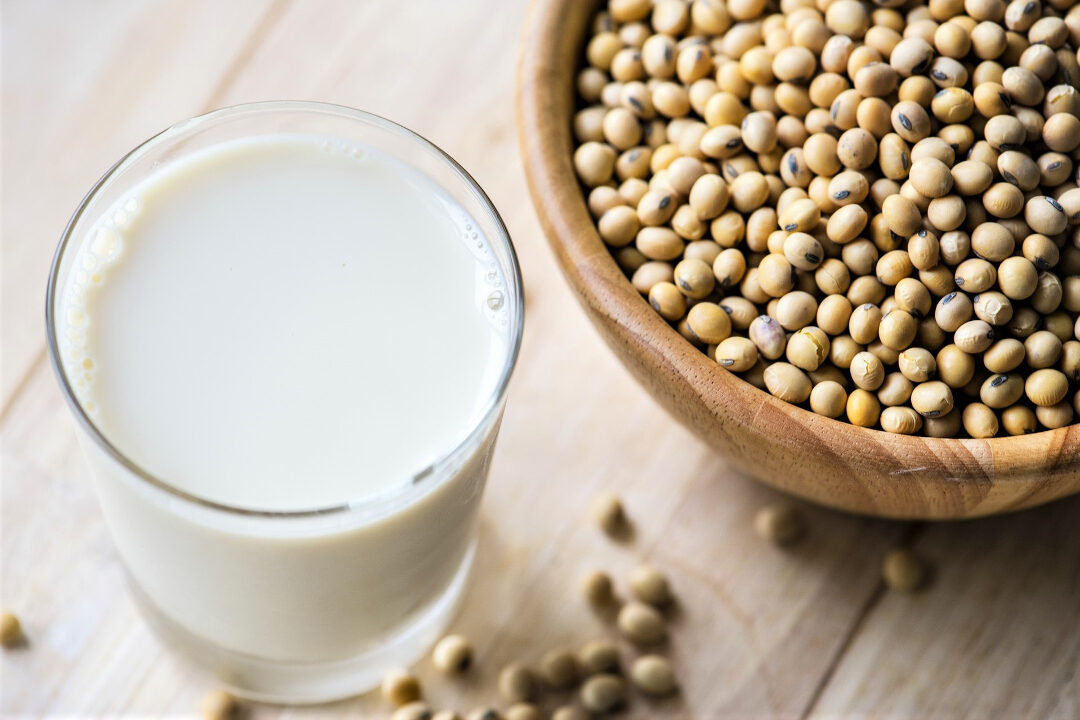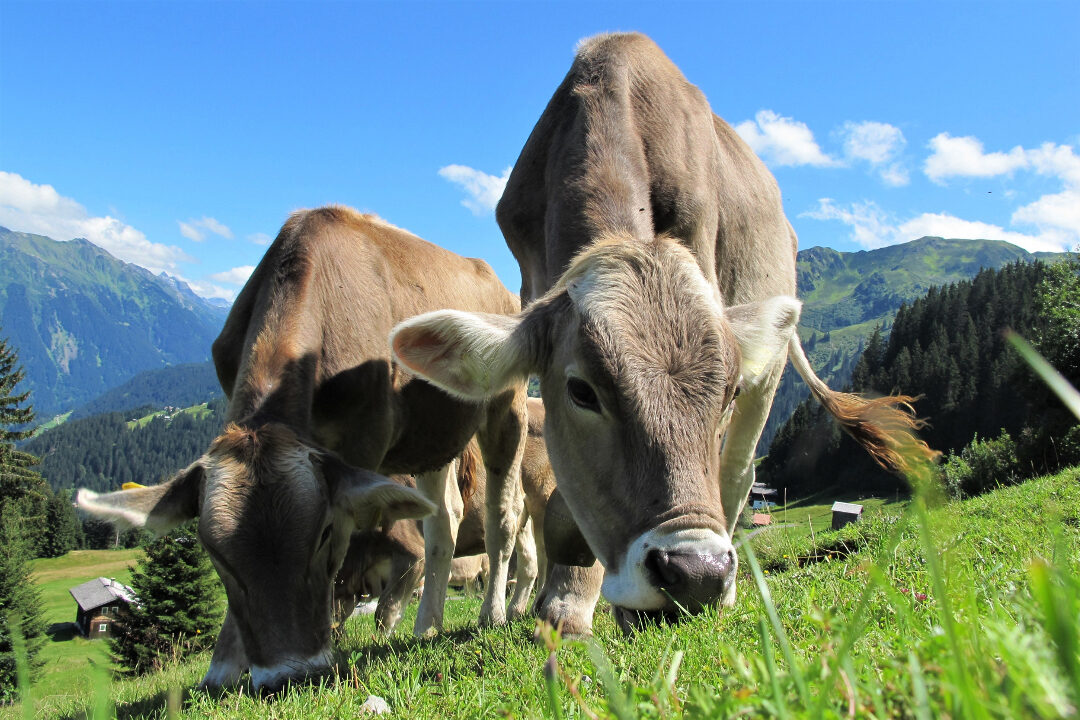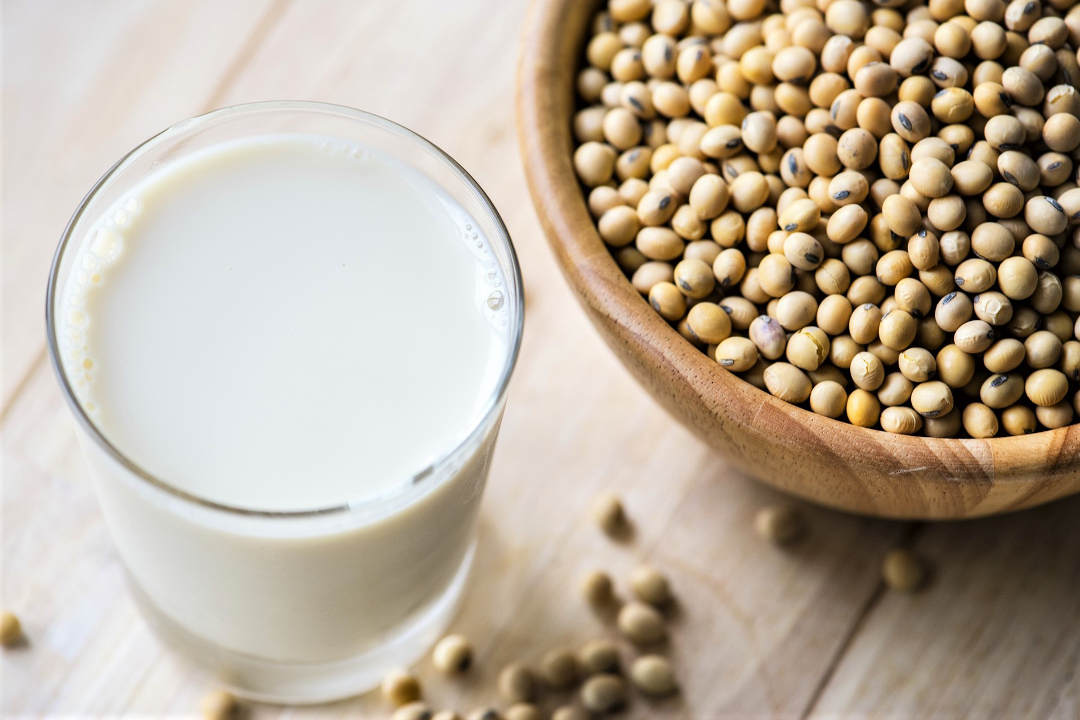Over the past ten years, milk consumption in Switzerland has declined significantly: According to the Swiss Farmers’ Association (Agristat), consumption fell from 75 litres in 2008 to currently around 50 litres of milk per capita per year. Milk producers speak of a smaller decline of “only” 18 percent, because the first figure also includes milk held back by producers for their own use. Retailers are also feeling the effects of this change in consumer behaviour: Less and less people are turning to “pure” milk. At the same time, substitute products and mixed drinks are becoming increasingly popular. Sales of soya, almond or rice drinks are increasing disproportionately.
Expensive water
Although some substitutes are four times more expensive than normal whole milk, they are largely water-based. In addition, they contain less than 15 percent rice or a maximum of 10 percent soy or 8 percent almonds. This is shown by a study conducted by the consumer magazine K-Tipp. Nutritionist Beatrice Conrad explains in an interview that whole pure milk contains all the main nutrients the human body needs: Carbohydrates, fats and proteins. Milk products are also important sources of calcium, which is one of the building blocks of bones and plays an important role in muscle activity. Cereals such as rice and oats are by no means comparable to whole milk in terms of nutrient distribution. They contain only traces of protein and at least twice as many carbohydrates, which contain a lot of natural sugar. Although almond milk has as much fat as pure milk, it also contains very little protein. Soy milk is the only milk that has almost the same nutrient distribution as whole milk – only it lacks calcium.

High quality
The quality of Swiss whole milk is generally very high. This is proven by a laboratory test of the K-Tipp from September 2017, in which various milk types were tested for their composition and the effects of the feed on quality were examined. Fortunately, pesticide residues were not found in any of the 15 products. There were also only minor differences in the quality of whole milk varieties, mainly due to the good feeding conditions of dairy cows in Switzerland, as over 80 percent of the animals spend most of their time outdoors from May to October. Differences were particularly noticeable in vitamin and omega-3 content: while mountain milk products generally contain a great deal of vitamins, Demeter and organic milk have a higher omega-3 content. Conclusion: The less concentrated feed the cows receive and the greater the proportion of different herbs in their roughage, the more valuable ingredients their milk contains.
So cow’s milk is and will continue to be an important component of our food, whether in its pure or processed form. If you pay attention to your wallet and don’t want too much sweetened drinks, it’s a good idea to include a glass of milk in your daily diet.

Milk facts and figures
- UHT milk contains practically the same amount of vitamins A, B12 and E as pasteurised milk. Heating is important to kill germs and make the milk last longer.
- Whole milk contains more vitamins than skimmed milk. This is because the fat-soluble vitamins A, D and E are partially lost during skimming, which is unfavourable because vitamin D is important for incorporation into the bones.
- A cow eats up to 80 kilos of native meadow fodder per day and gives 20-25 litres of milk.
- It takes two to three days to convert grass to milk
- A cow in the USA gave almost 10,000 litres of milk in 2013. In Switzerland, it was “only” 7,400 litres per animal. The reason for this big difference is the fact that in the USA mainly concentrated feed is fed. Concentrated feed, however, has negative effects on milk, meat, cow health and the environment.
- Lose weight thanks to milk? The high protein and calcium content helps the body to burn fat and inhibits the formation of new fat. Protein-rich meals are a good satiator, increase energy consumption in conjunction with muscle building and prevent attacks of ravenous hunger because blood sugar remains stable for longer.
- Because their small intestinal mucosal cells produce little or no lactase, people with lactose intolerance cannot digest lactose. This leads to fermentation processes in the stomach with flatulence and diarrhoea.
- More people tolerate lactose in northern countries than in the south
- Around 70% of all people worldwide are lactose intolerant: in Africa and South America it is around 60% and in Southeast Asia and China 98% who cannot digest lactose.
Sources: Swissmilk.ch, K-Tipp (vitamins in UHT milk), Centre of health (lactose intolerance), Landwirtschaft.ch (development of milk)








Leave a comment